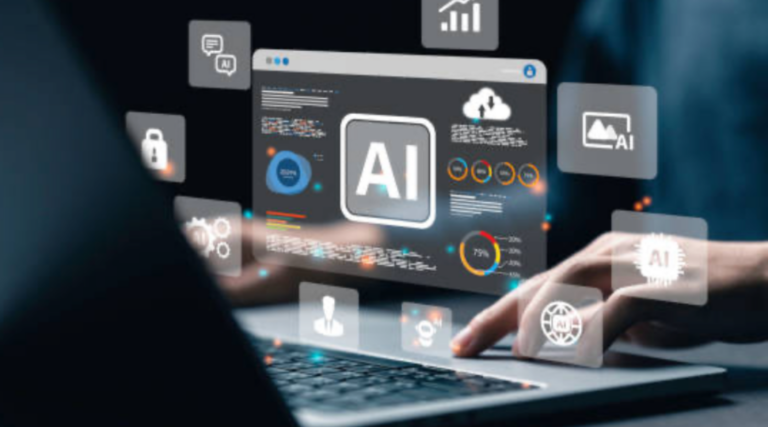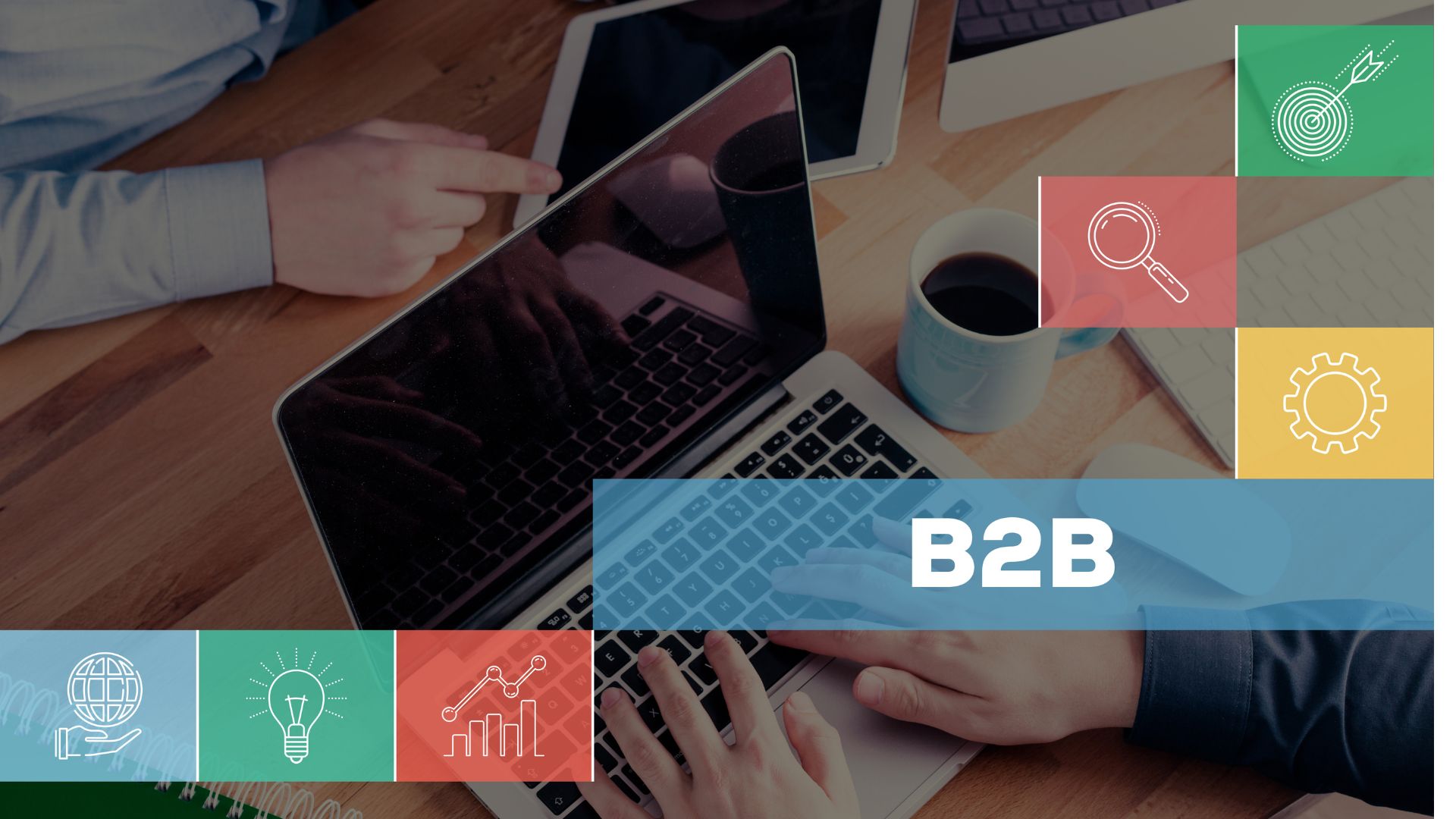AI can automate many processes, enhance productivity and creativity, improve systems’ security, and bring many other benefits to businesses and professionals, but only when implemented effectively. It is very easy to get overwhelmed by all the opportunities to use AI and get lost in them.
In this article, we’re going to reel off some key principles for successful AI implementation. They are the foundations that allow AI to be used in the most effective way to improve your current activities and processes.
1. Start from Problems, Not Solutions
Any type of AI implementation should focus on the business’s actual challenges.
One of the worst mistakes you could make would be to implement AI just for the novelty of it, or because of FOMO. When you implement AI just for the sake of it, searching for ways to use an AI tool within your workflow, you can end up creating problems just because that’s how you can use the AI solution.
AI implementation should follow the opposite path: identify challenges first and then move on to analyze how AI can help you face them in a more functional, and cost-effective way.
Example of Successful AI Implementation in Logistics
One of our clients in logistics was facing new challenges due to the increasing complexity of their delivery schedules. Instead of adopting AI tools straight away, the approch was first to identify the real issues in the current processes.
After the analysis, it turns out that delivery inefficiency wa mainly due to inefficient delivery routes and inventory imbalance. For this reason we implemented the following AI solutions:
- For route optimization, AI analyzes traffic and patterns in real-time and provides guidance.
- For inventory management: automatically updates inventory and forecast stock needs using predictive analysis.
2. Enhance Creativity, Don’t Replace it
Can AI replace some human activities? Yes, technically, AI is capable of executing tasks in place of humans. Data gathering, writing, recording invoices, planning marketing campaigns, and so on, are all jobs AI can take care of.
The initial rush to AI deployment could bring you to use AI for any task it is capable of executing. However, as you can see, some of the above-mentioned activities are more creative than others. Is AI more creative than humans? Can it do a better job when it comes to finding creative solutions, creating captivating content, engaging, moving, involving? Despite AI’s awesomeness, creativity is still a human trait.
If you are spending 1 hour per day filling up and updating expenses on Excel files, an AI tool could fully replace you. It would do a more accurate job, and it would do it quicker.
But when it comes to creativity, AI should support your activity instead of replacing it. Use AI for brainstorming, exploring solutions, and identify new points of view. Your creativity enhanced by the AI tool is the most powerful combination for innovative work.
Example of Successful AI Implementation in Marketing
A marketing agency was facing increasing demand for personalized content. To keep up with the demand and maintain high-quality delivery, the company’s AI implementation strategy has been:
- Use AI for audience segmentation: With AI, the team has been capable of identifying audience segments more efficiently.
- Identifying goals: Campaign goals have been identified according to the client’s requirements.
- Using AI for brainstorming, and questioning the AI tool about possible topics and keywords.
- Planning content: The team created the final content calendar according to the identified goals and the brainstorming.
- Create content: Here it is again a mix of human creativity enhanced with AI to create better content faster, from videos and images to text.
- Using AI for automated personalization and scheduling: AI tools are very effective in personalizing templates and scheduling content releases on web platforms at the best time.
3. Invest in Training, other than Technology
AI tools can automate a lot of tasks, but in most cases, you need a human technician to be, at least, implemented efficiently in the workflow. AI configuration and ongoing adaptation are also elements that require human expertise.
For this reason, when you invest in AI, do not make the mistake of investing in the best technology at your disposal while neglecting the training you or your employees will need to use that tool in the most effective way.
Example of Successful AI Implementation in Finance
When one of our clients implemented AI to improve its accounting operations, they faced a couple of challenges, which we were not initially expecting:
- Employees’ resistance to new AI tools: Many employees were unfamiliar with AI and skeptical about it, fearing that it would replace their jobs.
- Skill gaps: Employees lacked the skills to understand and use AI tools effectively.
To implement AI successfully, the company developed a strategy focusing on staff training:
- They invested in training programs for employees.
- They created cross-functional teams that could work to integrate AI into the daily workflows.
- They focused on reskilling employees whose roles were most affected by the implementation of AI tools.
Takeaways
Artificial Intelligence offers incredible opportunities to businesses, but its true power lies in how it is integrated and utilized within an organization. Successful AI implementation is not only about adopting the latest tools or following trends. It is about addressing real problems, enhancing human creativity, and building a well-trained workforce to fully capitalize on the new technology.
By following these key principles—starting from actual business challenges, using AI to complement rather than replace human creativity, and investing in training alongside technology—businesses can ensure that their AI investments lead to long-term improvements. With the right approach, AI becomes a powerful ally in enhancing productivity, fostering innovation, and delivering better outcomes, setting the foundation for sustainable growth in an increasingly competitive and digital landscape.
AI is not just a substitute for human activity; it is a tool to amplify human potential. Organizations that embrace this mindset will be best positioned to harness the transformative power of AI.




